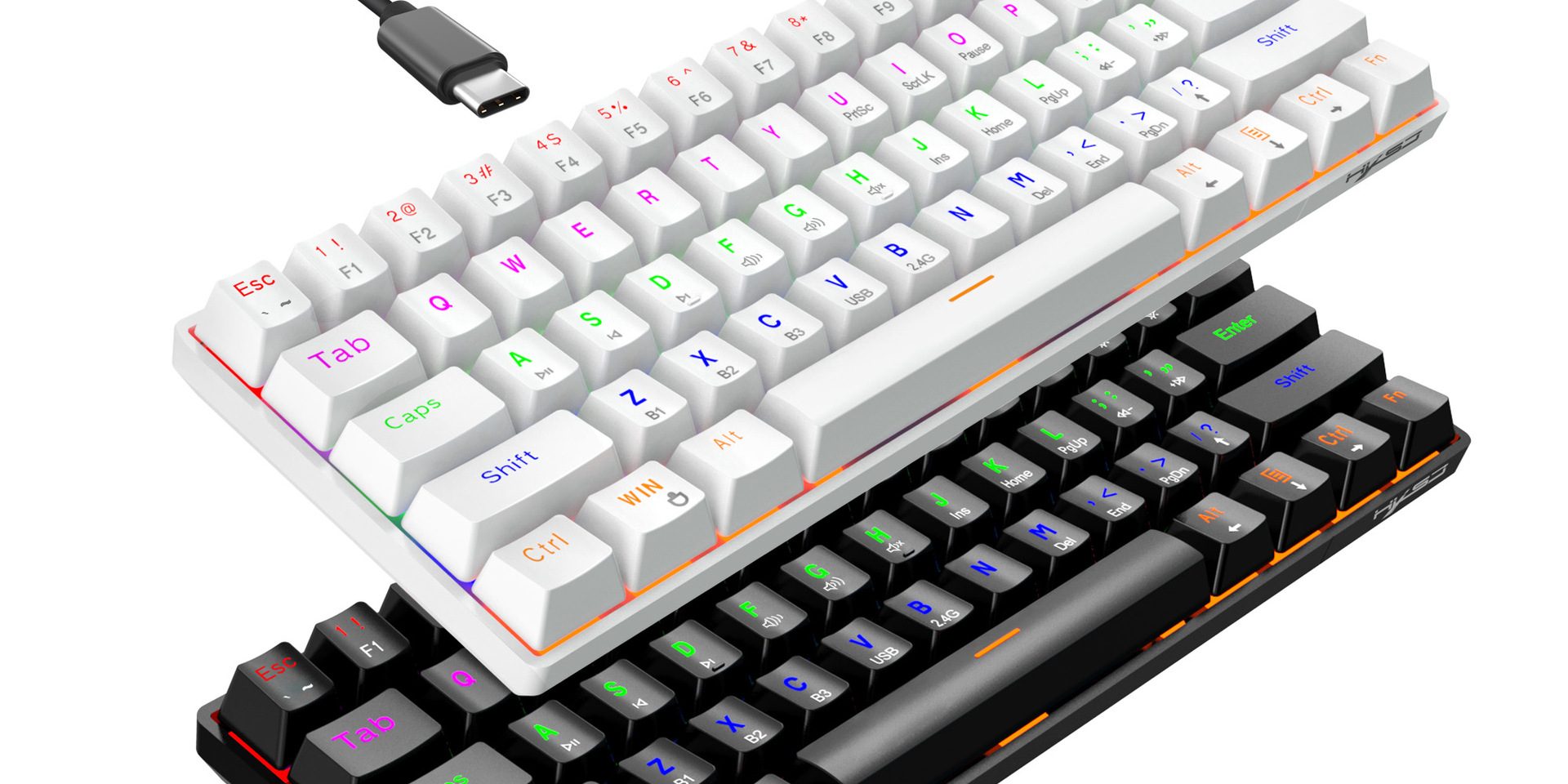Mechanical keyboards come in various layouts and designs, catering to different user preferences and needs. Understanding these options can help you make an informed choice when selecting a mechanical keyboard:
- Full-Sized Keyboard: This is the traditional layout with a full set of keys, including a number pad. It’s suitable for those who frequently work with numbers and calculations.
- Tenkeyless (TKL) Keyboard: TKL keyboards omit the number pad, resulting in a more compact and space-saving design. They are popular among gamers and users with limited desk space.
- Compact and 60% Keyboards: These keyboards further reduce the size by omitting function keys, navigation keys, and the number row. They are extremely portable and favored by minimalists and typists who don’t need extra keys.
- Split Keyboards: Split keyboards separate the keyboard into two halves, allowing for a more ergonomic typing posture. They can reduce strain on wrists and shoulders.
- Ortholinear Keyboards: These keyboards have keys aligned in a grid pattern rather than the staggered layout of traditional keyboards. They are popular among keyboard enthusiasts and programmers.
- Customizable Keyboards: Some mechanical keyboards allow you to customize the layout and key mapping to your specific needs. This is ideal for users with unique preferences.
- Backlighting and Aesthetics: Mechanical keyboards come in various designs and color schemes. Some feature RGB backlighting with customizable lighting effects for a personalized look.
- Wireless Options: Wireless mechanical keyboards offer freedom from cables and are suitable for those who prefer a clutter-free workspace.
When choosing a mechanical keyboard layout and design, consider your typing habits, workspace constraints, and aesthetic preferences. The right keyboard layout can significantly impact your typing comfort and productivity.








